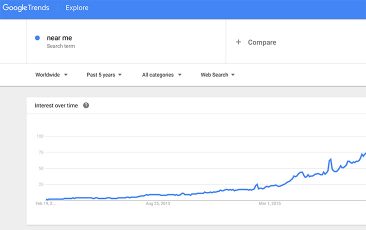

"WordPress powers more than 30% of the web..." but should it power your site?
I'm aware this article may come across as a biased article from an agency that doesn't know anything about WordPress. Up-front, you should know that we've hosted, maintained, and updated WordPress sites. We get asked about WordPress often enough that I wanted to write a dedicated article on how Blue Fish feels in the Craft CMS vs WordPress debate.
Blue Fish loves to build websites for a variety of users. We've built networking sites to have a single place to put all your info when you hand out a card at various networking events. We've built huge multi-site web pages for organizations. We even have entry-level template sites that will get you a semi-custom site for under $1000. With all of these use-cases, we have opted to use Craft CMS.
With WordPress being such a huge platform, you may be wondering why we aren't using them also. In the developer community, you may hear talk about a "stack exchange", "matrix fields", "open source", or a "template engine". I can't speak in detail about any of those subjects or the technical reasons why we don't use WordPress, I'm no developer. What I can speak to is the experience I've had using both Craft and WordPress as the project manager and an end-user who has to show our client's how to update content on their site.
I'm going to compare two websites of similar complexity (regarding the content being entered) using both platforms to show what I see when comparing them. The difference boils down to one thing in my mind: do you want to be able to update content on your site quickly and efficiently, or do you want complete control of the display of every character on each page. While complete control sounds enticing, Blue Fish believes in simplicity.
Let's start with the "Dashboard" or "Control Panel". Because WordPress is designed as a blogging platform first and foremost, any additional functionality is added by installing plug-ins. And as an Admin, this can clutter up the Dashboard navigation making finding what you need regularly much harder than it should be. Contrast that with Craft, where all users can have independent permissions or user groups can be set up to make managing users easier. An important distinction though, WordPress requires a plug-in to modify the default user groups, were Craft has that functionality built-in.
Next, I would point to the page organization. WordPress can allow you to create pages and set up relationships between those pages (Top Level/Parent to a Child). Unfortunately, all your pages are thrown into one big pot and aren't broken up into the potential sections of your site, nor are they organized by those relationships in the list view.
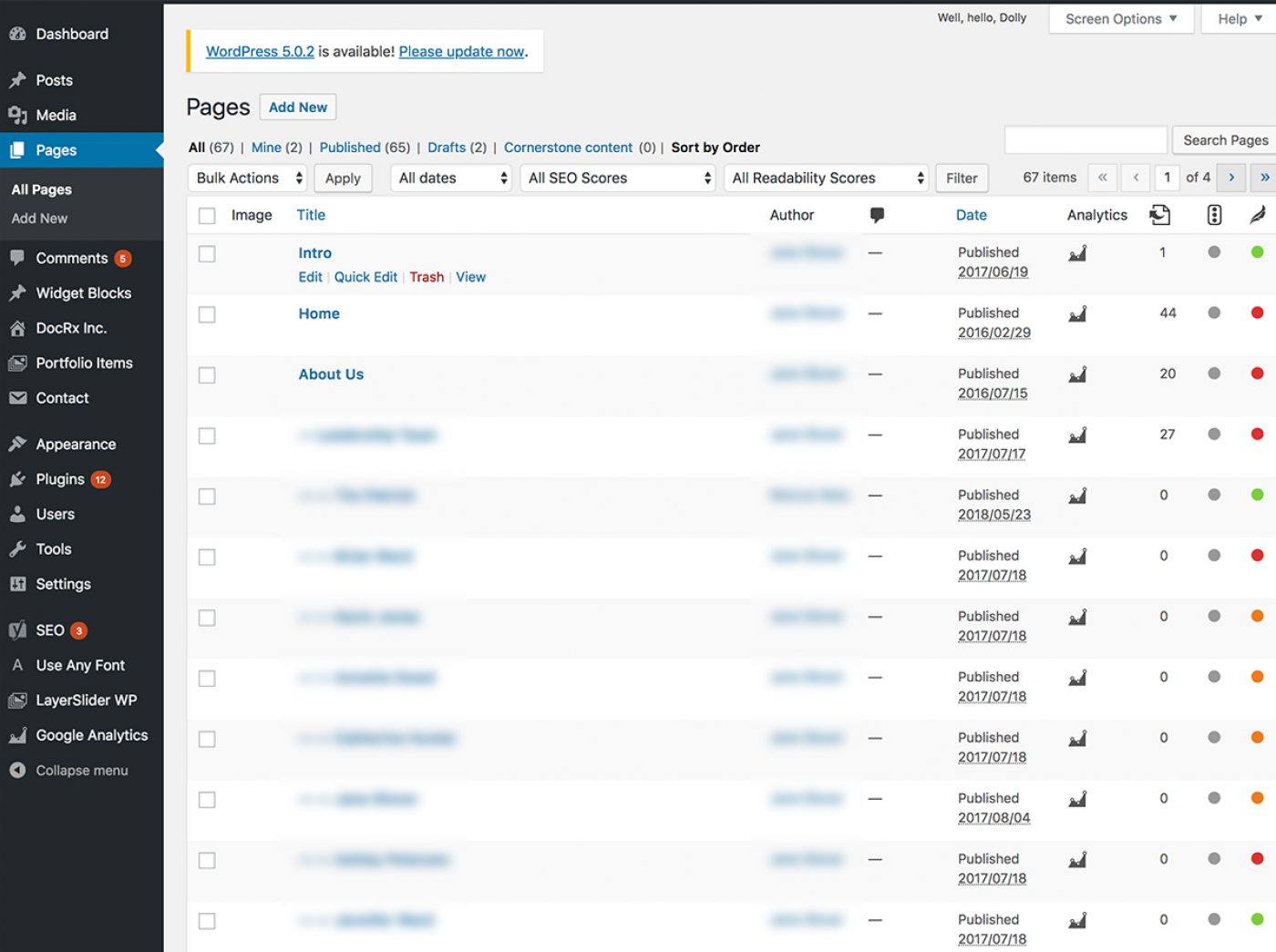
Let's contrast that with Craft where your site can consist of different sets of sections and entries to organize the pages. And the list of pages visually organizes them in the structure you've created.
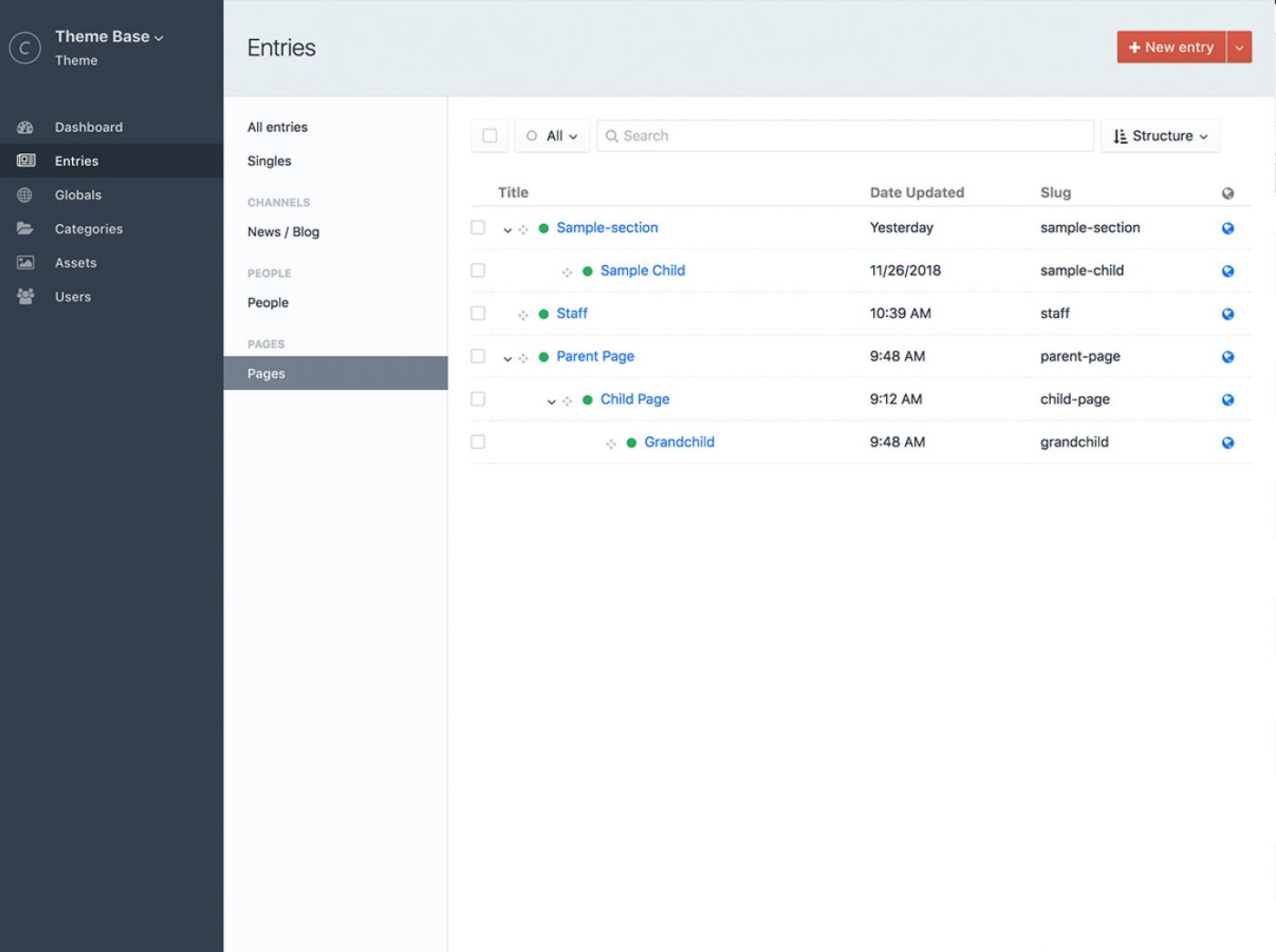
Now, let's talk about blog posts. WordPress is a blog platform. This is what it is designed to do. And to be honest, it's not a bad blogging platform. If all you need is a blog; I'm not going to tell you WordPress is a bad choice. The problem we see all too often is when WordPress is modified with plug-ins to create a page designed to run a business. Our clients aren't just bloggers. While they should be blogging (yes even you Joe); blogging isn't their business. Their business is their business; blogging is a way of engaging with their clients or potential clients.
Speaking of potential clients, let's talk about SEO for a minute. WordPress and Craft on their own don't improve your Search Engine Optimization. How a site is built and the content being put into those sites are the main factors in improving your SEO. While there are plug-ins available to add the ability to change the title tags and meta description and tell you how well a given developer thinks your content will do. The plug-in is not directly affecting your SEO, only your content will do that. One benefit of using Craft is that not only can we natively add the ability to add a title tag and meta description, we also give you the ability to add a custom share image that shows up on social media.

Can we talk about what we think a CMS should do? A Content Management System should help you manage your content, right? With WordPress, you have to enter unique content into each page you create. Using the example of employees, let's say we want to build a series of pages to show off our organization and our employees. We might want a main About Us page with a broad description of our organization and we may want to highlight the key C-level staff below that description.
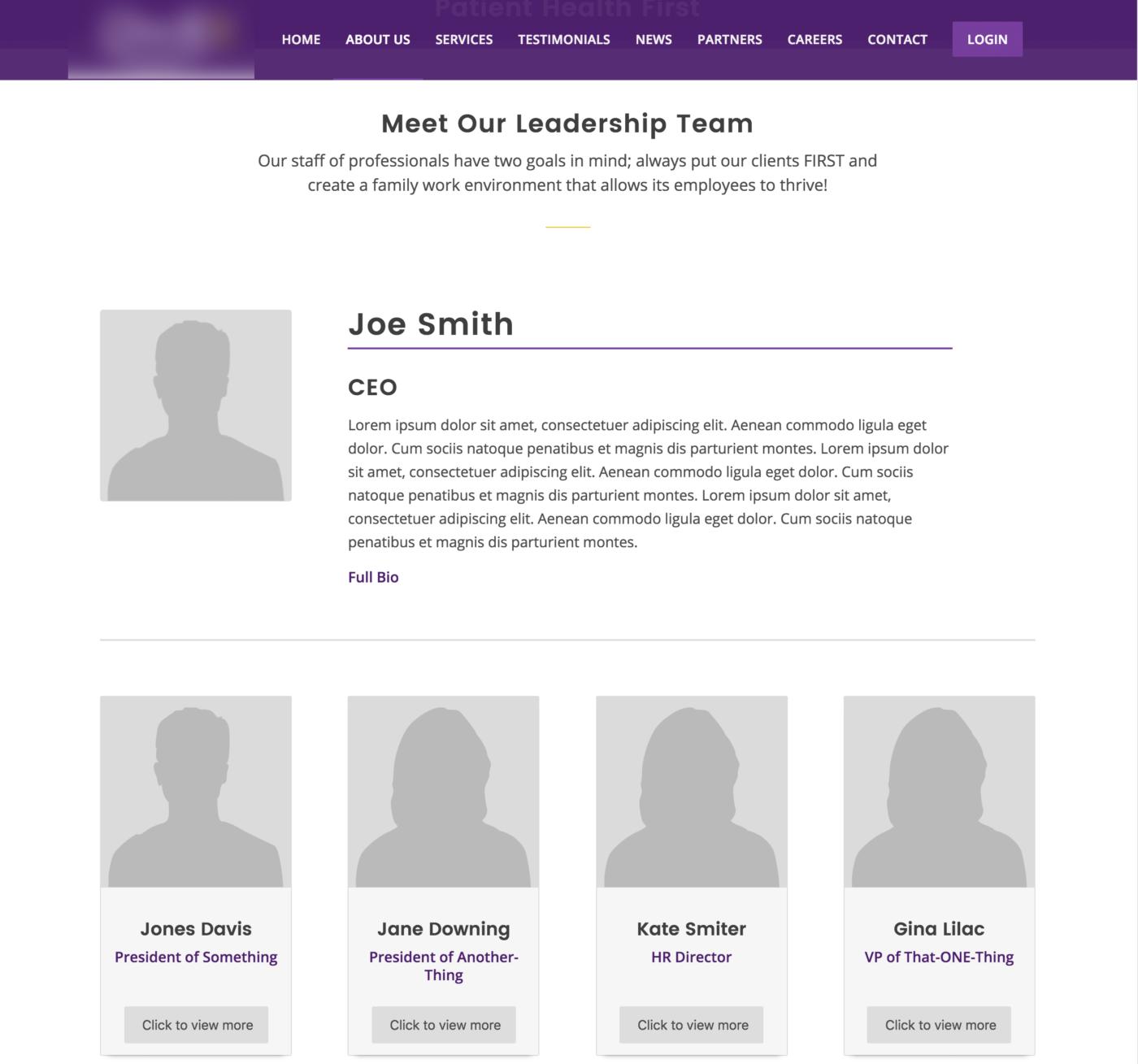
Now let's say we want to have a detailed page for all those same people to show their full bio and contact info. In WordPress, we would need to copy/paste all the information to those unique individual pages. Worse yet, with most WordPress sites plug-ins are used to make unique features that make the content display in a unique way which adds to the number of clicks needed to edit even the unique pages.
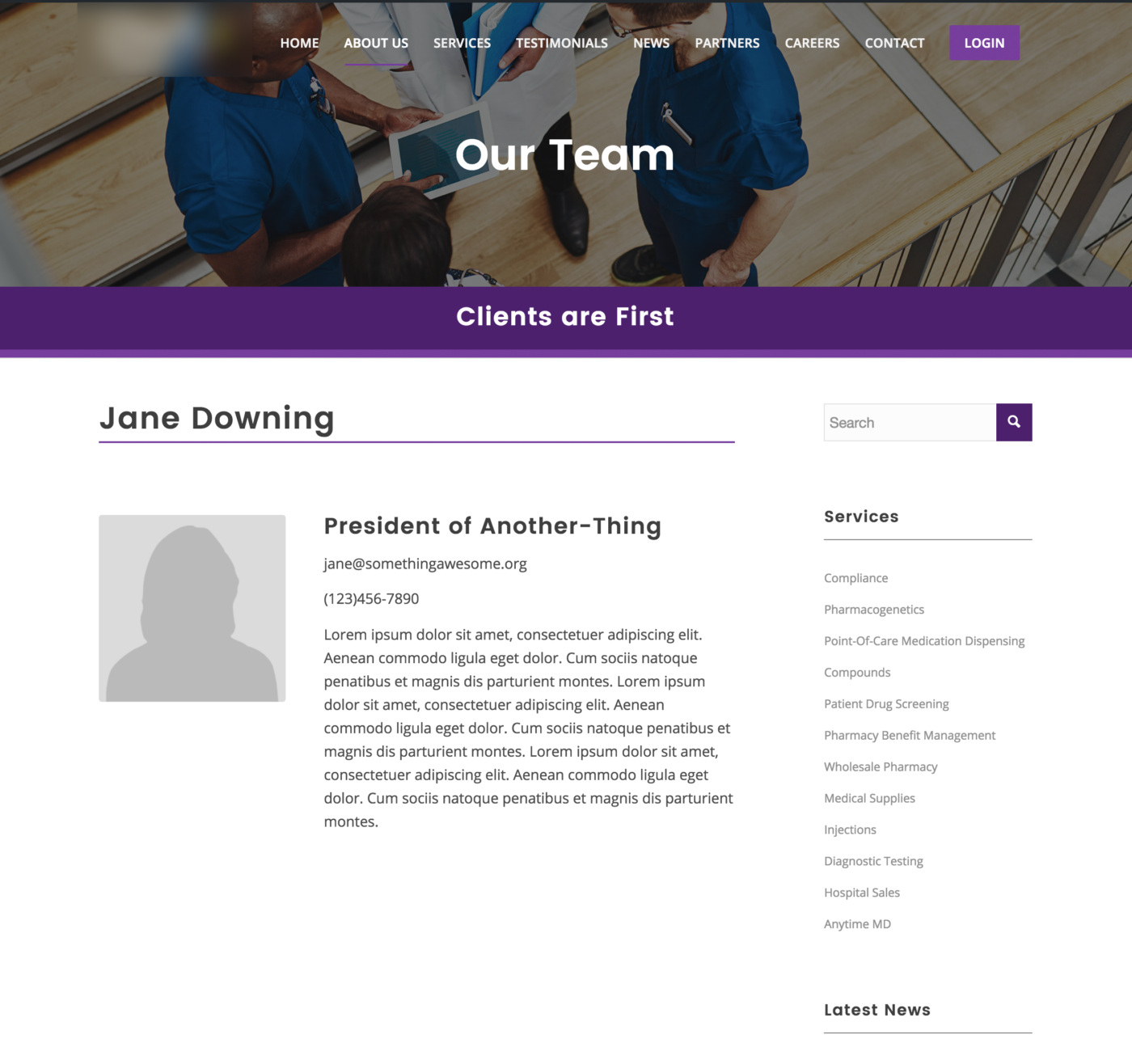
If we built the site in Craft of the other hand, we could do this in multiple ways. If the staff members might also need to access the back end, we can create unique users with all of their information saved to their profile (first and last name, phone, email, bio, positions, image, etc...) all as separate pieces of content. Then we would build out the "staff" page with references to certain pieces of their profile and just allow you as the user to select which staff show up on that page. And we can even build out another page for each individual user that displays all content entered into their profile. You don't even have to create those, they are auto-populated with the data entered by the user (if you choose). Next is a quick video walkthrough of a site we built in Craft for a local restaurant we love.
All of this to say that we are huge fans of Pixel & Tonic, and the ever-evolving and improving CMS they've built in Craft.
If you want to preview a site in Craft, we have an example of our template sites set up for you to check out one version over at themes.bluefishds.com.


